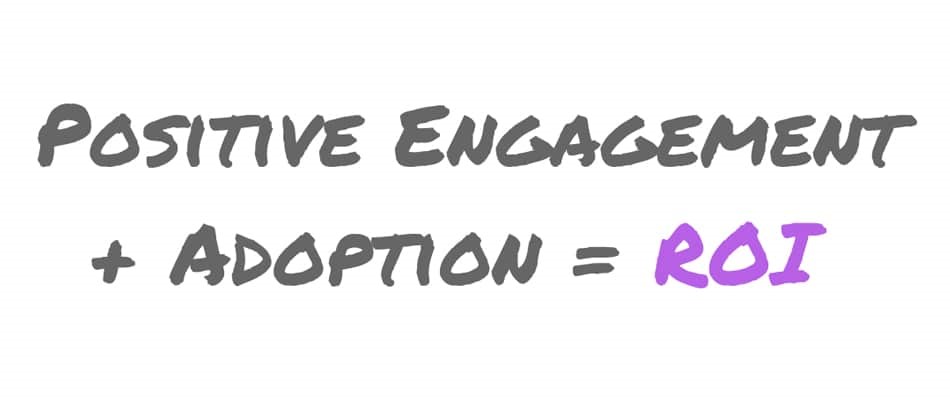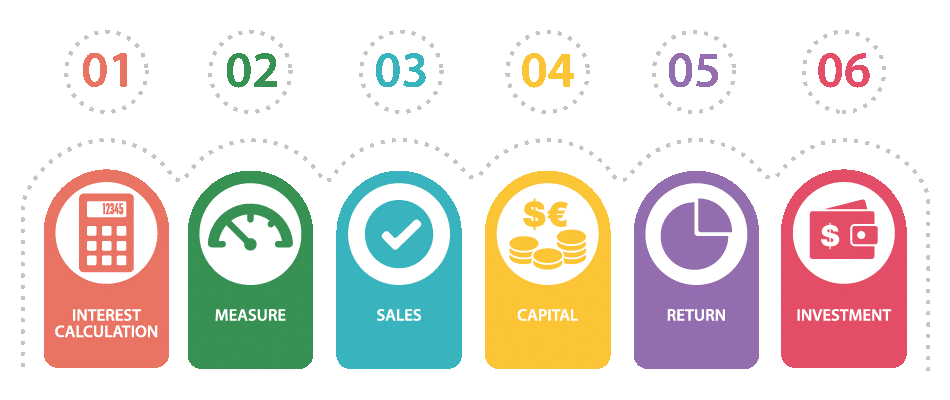
What is the Software Implementation Process?
- Build a Business Case
The first step is building a business case, defining your end users and analyzing how they will benefit. After careful cost-benefit analysis, the next step is to find capable back-end support. This can be filled internally or outsourced with a software development provider. You must also decide custom or off-the-shelf, educating yourself on drawbacks of each.
Boil down the project to the most granular details possible prior to kick-starting the campaign. The more robust the project specifications, the less discrepancies will exist between your vision and the final deliverable.
When the codes complete, educate your staff on how to integrate the new IT system into their preexisting processes. An uneducated staff results in underutilization and debilitates ROI. Collect feedback from your staff and incrementally evolve the software to better fit your needs.
2. Choosing a Software Consultancy Partner
Remember there are two sides to every change – there’s the development and the implementation. Define the requirements and as detailed as possible, and then find the development partner who offers you the amount of support you need. Corporations who have little to no internal development resources should collaborate with development services who offer full-service options—custom programming, integration, implementation—in conjunction with an extensive portfolio of success stories. Without a proper software partner and an intricate blueprint, successful implementation is an unachievable proposition.
3. Prevent Scope Creep
Two words: Incremental Development.
Not everything will be perfect the first time around because the software world is feedback-driven, meaning we pinpoint the weaknesses through use-cases and make adjustments accordingly.
When businesses become fixated on perfection, they lose sight of the big picture, and the software implementation project snowballs. Suddenly, kickoff comes and goes without an initial product to introduce, deadlines are moved, and initial investment doubles. We call this scope creep.
Project Management Institute defines scope creep as the act of, “adding additional features or functions of a new product, requirements, or work that is not authorized (i.e., beyond the agreed-upon scope.”
Let’s talk about the causes and the symptoms to help you prevent uncontrolled project growth.
Here are the causes:
- Shallow explanations in the design document
- Too many participants in the conversation
- Porous vision or idea
- Beginning the project too early without the proper research and development
- Engaging with the wrong software partner (not enough industry knowledge, experience, or tenacity).
- Cutting corners to cut costs
- Unrealistic budget allocations
- Faulty timeline
Here are the symptoms:
- Deadlines are coming and going without progress
- Significant amendments to the original specification document
- Individuals beyond your primaries are feeding input to a development team
- Unauthorized functionality additions
- There is no clear end-goal
- Intended users become a secondary concern
- Cost-benefit analysis is no longer on the forefront of decision making
4. Incentivize users to engage with new implementation
Corporations should incentivize use to drive adoption.
Under utilization has caused many companies to scale back their plans for technological development because the software doesn’t yield favorable ROI without a loyal and engaged user base. Successful software implementation  coincides with a strong adoption formula. The formula is a little like this:
coincides with a strong adoption formula. The formula is a little like this:
Employees (and humans in general) are change-adverse because changes require the integration of new tools, new people, and new processes. At times, users are encouraged to completely abandon old processes to make room for a new technological ecosystem. If 90% of your staff has basic literacy skills, implementing a solution designed around the 10% with high-literacy sets your implementation up for failure. Instead, design the solution around the 90%, and have the 10% train the rest on the ins and outs.
Following these steps will help to design and execute a successful software implementation.

You can reach AcceInfo by:
416-628-6152
www.acceinfo.com